- No products in the cart.
Rimantadine aveksima tab 50mg 20 pc

Oxoline 0.25% 10g tuba Nizhpharm
$1.76
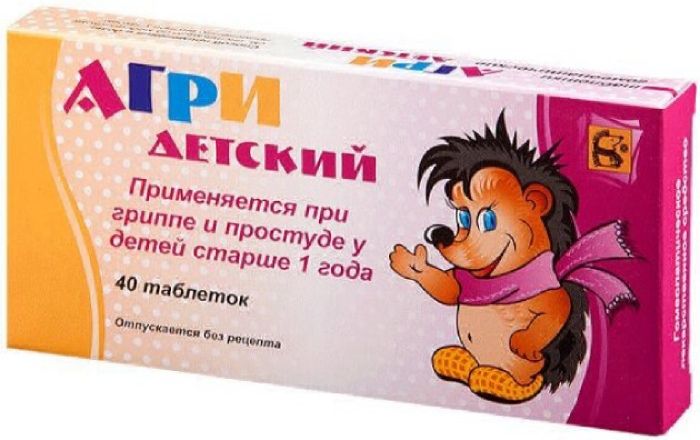
Agri children (antigrippin gomeop.) Table 40 pcs / 20 pcs blister №1 №2 blister + 20 pcs /
$3.16
$2.41
Rimantadine aveksima tab 50mg 20 pc
SKU: 02014124584 Categories: Antiviral, immunocorrectors, Cold and flu, Medicaments Tags: AVEKSIMA, rimantadine
Description
Composition
Active substance:
1 tablet contains: rimantadine hydrochloride – 50 mg ;.
Excipients:
Lactose (milk sugar) – 60 mg Potato starch – 37 mg Calcium stearate – 1.5 mg Talc – 1.5 mg.
Description:
Tablets of white color, Valium forms.
Product form:
Tablets of 50 mg.
At 10 or 20 tablets in blisters.
20 tablets in a jar made of polymeric materials. 2 blisters with 10 tablets, or 1 contour cell pack 20 of tablets or 1 bank of polymeric materials together with instructions for use placed in a pile of cardboard.
Contraindications
Acute liver disease, acute and chronic renal disease, hyperthyroidism, increased sensitivity to rimantadine, pregnancy and lactation, children up to 7 years, with lactase deficiency, lactose intolerance, malabsorption syndrome lactose / isomaltose (since the drug enters lactose) .
With caution: arterial hypertension, cerebral arteriosclerosis, liver disease, epilepsy, diseases of the gastrointestinal tract.
Dosage
50 mg
Indications
Prevention and early treatment of influenza in adults and children older than 7 years.
Interaction with other drugs
Rimantadine reduces the effectiveness of antiepileptic drugs. Paracetamol and ascorbic acid reduce rimantadine maximum concentration in blood plasma by 11%. Cimetidine rimantadine clearance decreases by 18%.
Adsorbents, binders and cathartic agents reduce the absorption of rimantadine.
Basified urine agents (acetazolamide, sodium hydrogencarbonate, etc.) Increase rimantadine efficiency due to the reduction of its release by the kidneys.
Overdose
Symptoms: agitation, hallucinations, arrhythmia.
Treatment: gastric lavage, symptomatic therapy: measures to maintain vital functions. Rimantadine partially displayed in hemodialysis.
pharmachologic effect
Pharmacological group:
An antiviral agent.
Pharmacodynamics:
Rimantadine active against various strains of influenza virus A. Being a weak base, rimantadine acts by increasing the endosomes, vacuoles having a membrane that surround the viral particles following their penetration into the cell. acidification of vacuoles in Preventing blocking fusion of the viral envelope with the endosome membrane, preventing thereby the transfer of viral genetic material into the cell cytoplasm. Rimantadine also inhibits the output of viral particles from the cells, i.e., terminates transcription of the viral genome.
Pharmacokinetics:
After ingestion rimantadine almost completely absorbed in the intestine. Absorption – slow. Relationship to plasma proteins – about 40%. The volume of distribution: adults – 17-25 l / kg, children – 289 l. The concentration of the nasal secretion by 50% higher than in plasma. The maximum concentration (C) of the active substance in blood plasma at a dose of 100 mg once a day – 181 ng / ml, at 100 mg twice a day – 416 ng / ml. It is metabolized in the liver. The half – 24-36 h; 75-85% of the administered dose excreted by the kidneys mainly as metabolites, 15% – unchanged.
In chronic renal failure, the half-life is increased by 2 times. In patients with renal insufficiency and in the elderly can accumulate in toxic concentrations if dosage is not adjusted in proportion to the decrease in creatinine clearance (CC).
Conditions of supply of pharmacies
Without recipe.
side effects
From the digestive system: dry mouth, nausea, vomiting, loss of appetite, epigastric pain, bloating; Central nervous system: headache, dizziness, insomnia, neurological reactions, impaired concentration, drowsiness, anxiety, irritability, fatigue; Other: hyperbilirubinemia, allergic reactions (skin rash, pruritus, urticaria).
special instructions
In applying rimantadine possible exacerbation of chronic comorbidities. In elderly patients the risk of hemorrhagic stroke is increased with hypertension.
When specifying a history of epilepsy and conductive anticonvulsant therapy during treatment with rimantadine increased risk of seizures. In such cases, rimantadine used at a dose of 100 mg per day simultaneously with anticonvulsant therapy.
The flu caused by virus, rimantadine has a toxic effect. Prophylactic administration is effective when dealing with sick, with the spread of infection in closed collectives and at high risk of the disease during an influenza epidemic. Perhaps the emergence of drug-resistant viruses.
During the period of treatment must be careful when driving and occupation of other potentially hazardous activities that require high concentration and psychomotor speed reactions.
Storage conditions
In a dry, dark place at a temperature not higher than 25 ° C.
Keep out of the reach of children.
Dosing and Administration
Inside, after eating, squeezed water.
Influenza Treatment should begin within 24-48 hours after symptom onset.
Adults administered on the first day, 100 mg three times a day; in the second and third days of 100 mg 2 times a day; the fourth and fifth days of 100 mg once a day. On the first day of the disease is possible to use the preparation once in a dose of 300 mg.
Children aged 7 to 10 years administered 50 mg 2 times a day; from 11 to 14 years – 50 mg 3 times a day. Over 14 years – adult dose. Take for 5 days.
For the prevention of influenza for adults is prescribed 50 mg once daily for up to 30 days. Children older than 7 years – 50 mg 1 time per day for up to 15 days.
Information
Appearance may differ from that depicted in the picture. There are contraindications. You need to read the manual or consult with a specialist
Additional information
| Weight | 0.100 kg |
|---|---|
| Manufacturer | AVEKSIMA |

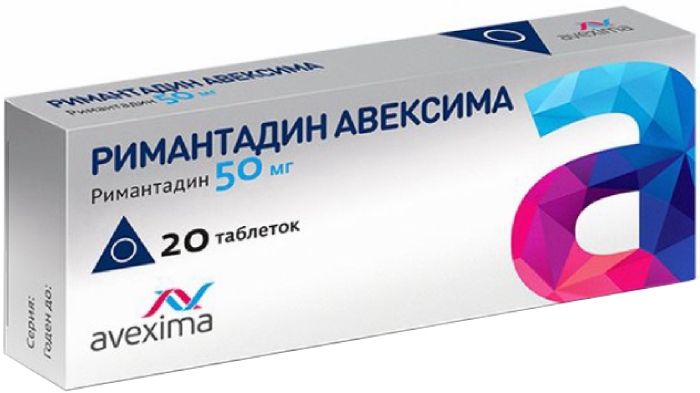
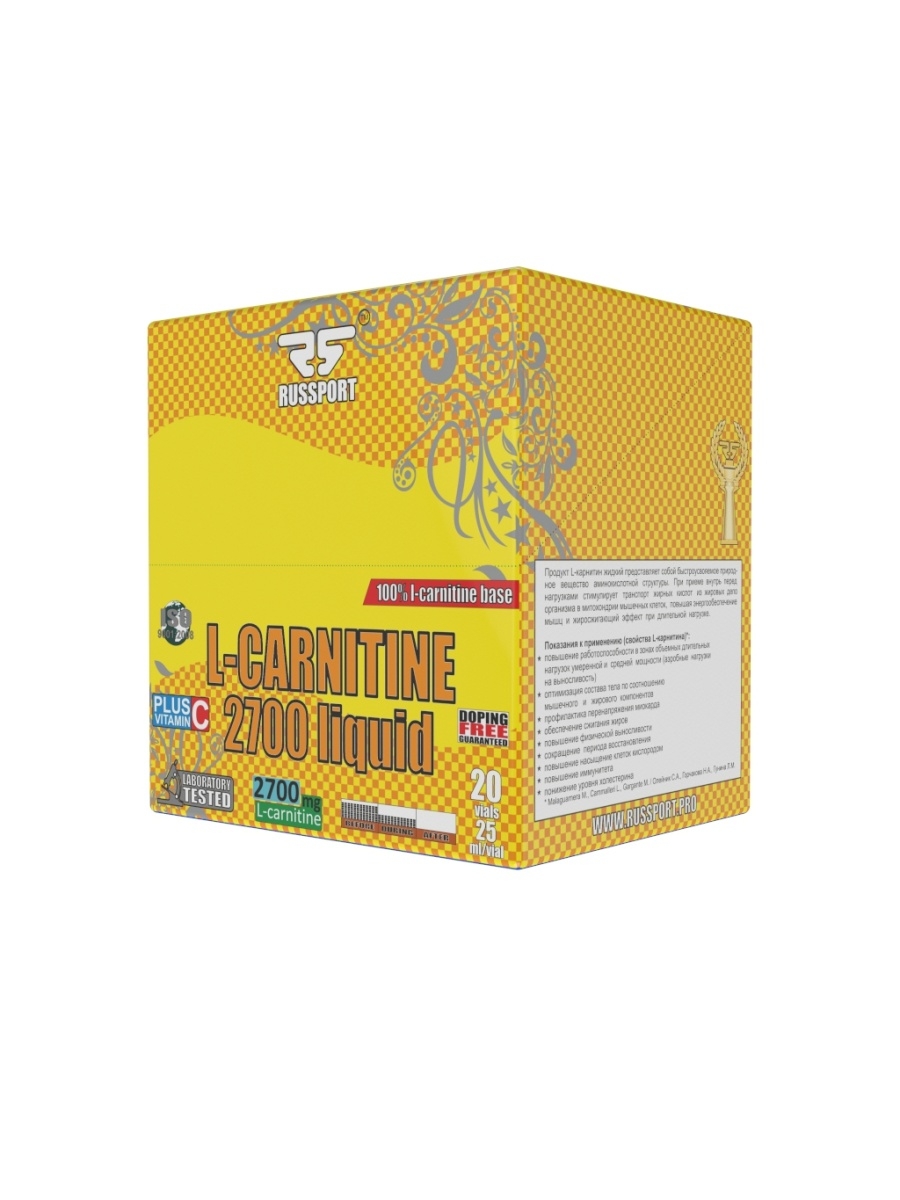
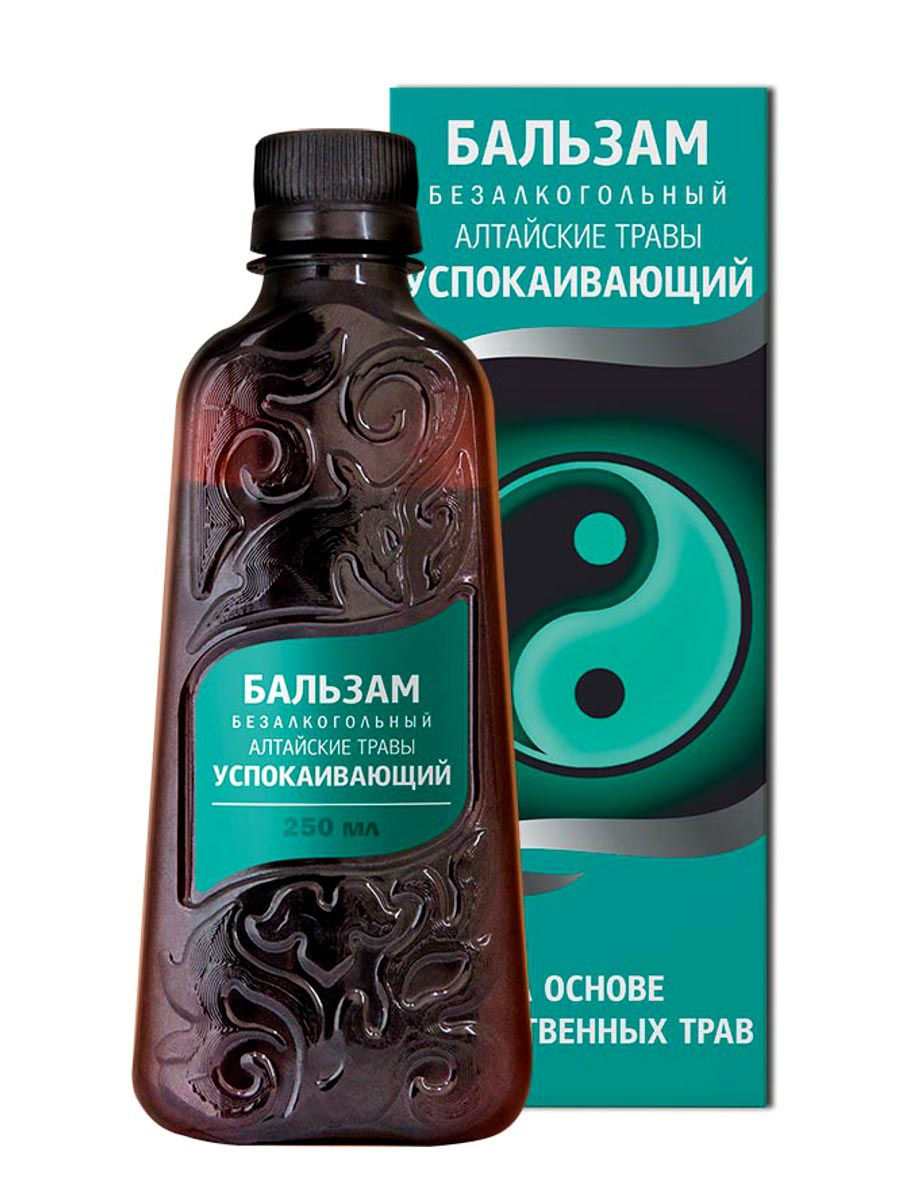
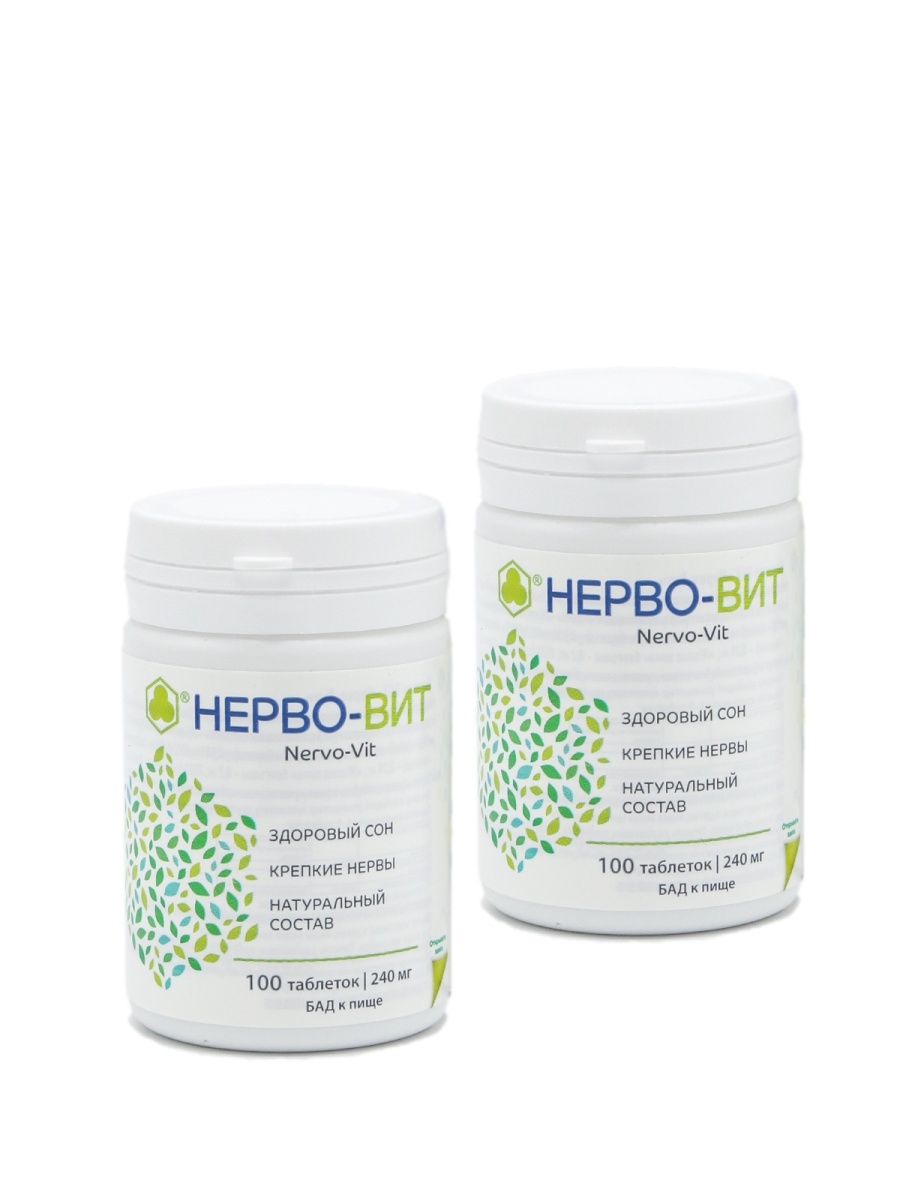
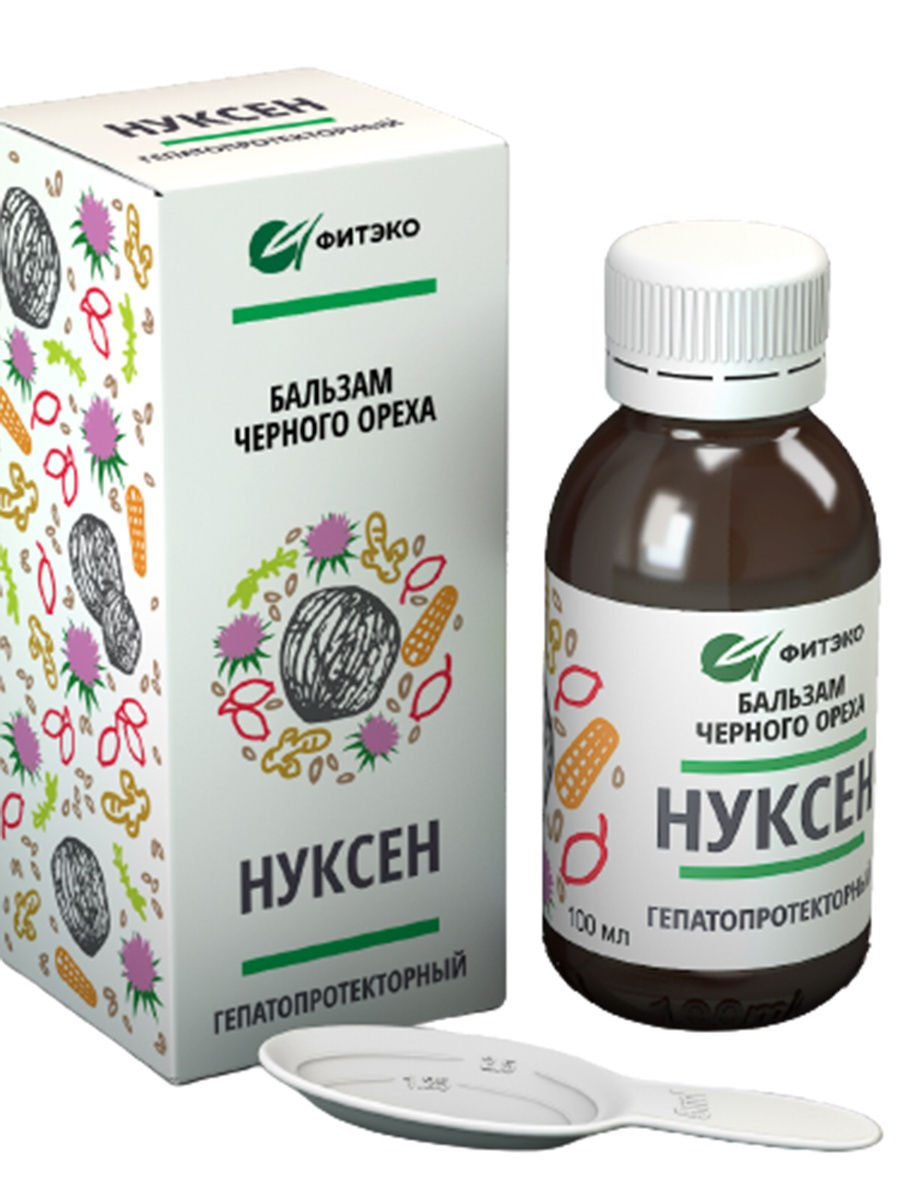

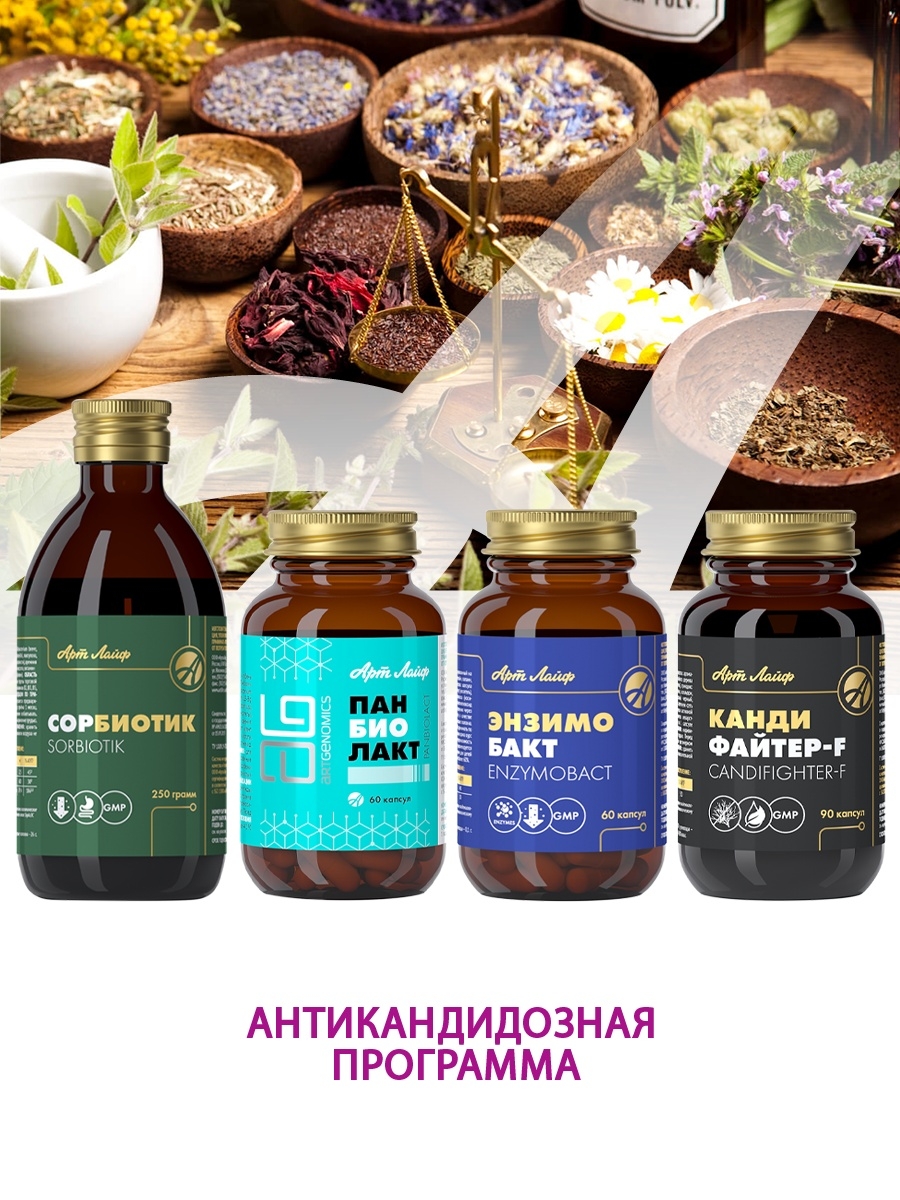



There are no reviews yet.